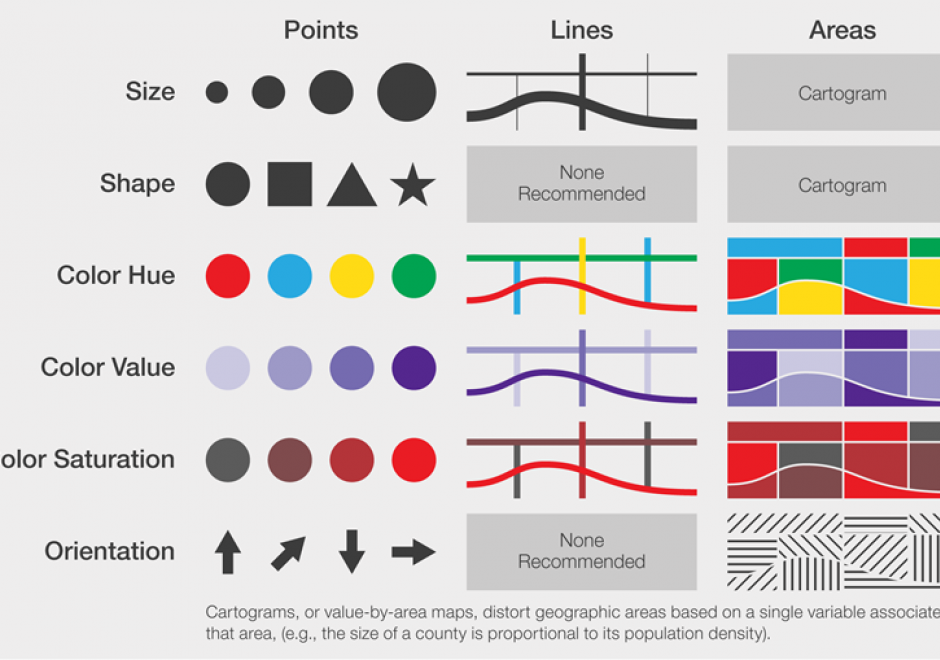DC-23 - State and regional coordinating bodies

- Describe how state GIS councils can be used in enterprise GIS&T implementation processes
- Explain the functions, mission, history, constituencies, and activities of your state GIS Council and related formal and informal bodies
- Discuss how informal and formal regional bodies (e.g., Metro GIS) can help support GIS&T in an organization
- Discuss the mission, history, constituencies, and activities of National States Geographic Information Council (NSGIC)
- Determine if your state has a Geospatial Information Office (GIO) and discuss the mission, history, constituencies, and activities of a GIO





DM-18 - Spatio-temporal GIS